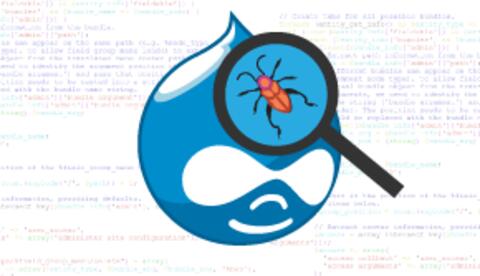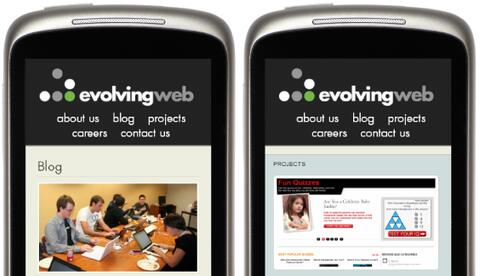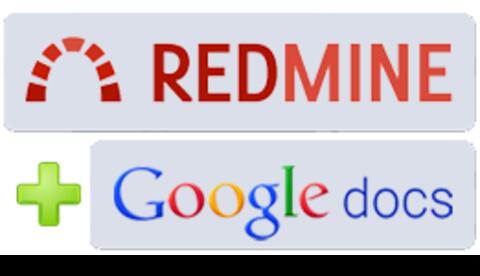Import Hundreds of Thousands of Records in 15 Seconds with Custom Entities
Recently we needed to import a fairly large dataset into Drupal. There were 200,000 items to import, the data changed relatively frequently, and we needed them to be Drupal entities so that we could make them searchable with Apache Solr. We would normally import data using Feeds or Migrate. This time, however, we had higher speed requirements, so we tried something different: importing directly into the database.







